This week’s blog is quite unique as it does not necessarily focus on a modern form of technology, however, my blog post will transport you to regions, people, customs, facts, and journeys unknown to the average person. The journey begins with a reporter named Paul Salopek, who decide to retrace the 21,000 miles our ancestors took beginning in the Eastcoast region of Africa and ending at the southernmost tip of South America. Believe it or not, Paul’s main mode of transportation is his feet! He will not use modern forms of transportation Paul plans to use the means our ancestors used as they traveled which was by walking.
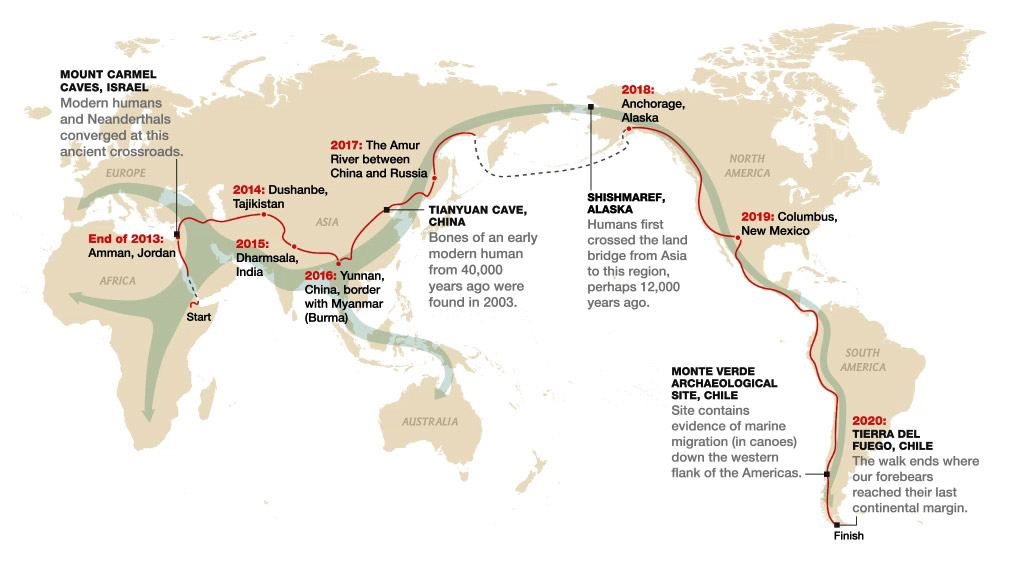
The first place I explored along Paul’s journey is Aktau, Kazakhstan located in Central Asia. His post is dated May 10, 2016, Paul provides reviewers with the backstory of his location as being the location where horses “were first domesticated.” As a person who loves history, this is an amazing fact to uncover. The region is rich with archeological discoveries of bones “unearthed near the villages of humankind’s first cowboys—an ancient Kazakh herding culture called the Botai—came from tamed horses.” Horses were an integral part of the people’s lives and diets; and today horses are revered in the region’s culture. Paul writes, “Indeed, so esteemed are horses in the pastoral psyche of Kazakhstan that a typical curse goes: “May you have neither horse nor camel, and always go by foot.” This is a small aspect of the importance horses has on the people. Paul discovers the region once rich with horses is now void of these essential creatures. He eventually finds Amanjan who leads him to the gentlemen where he gets his horse.
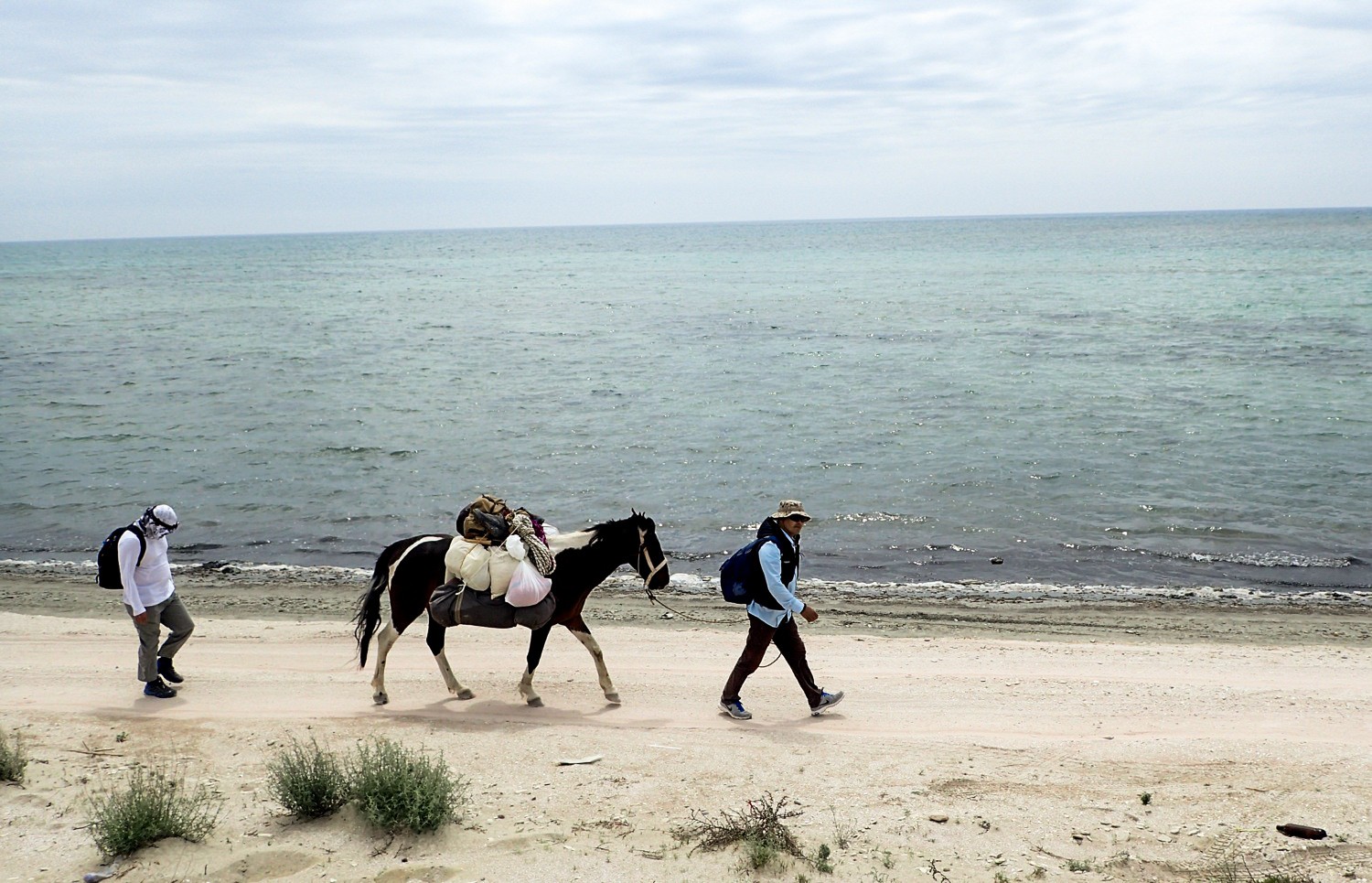
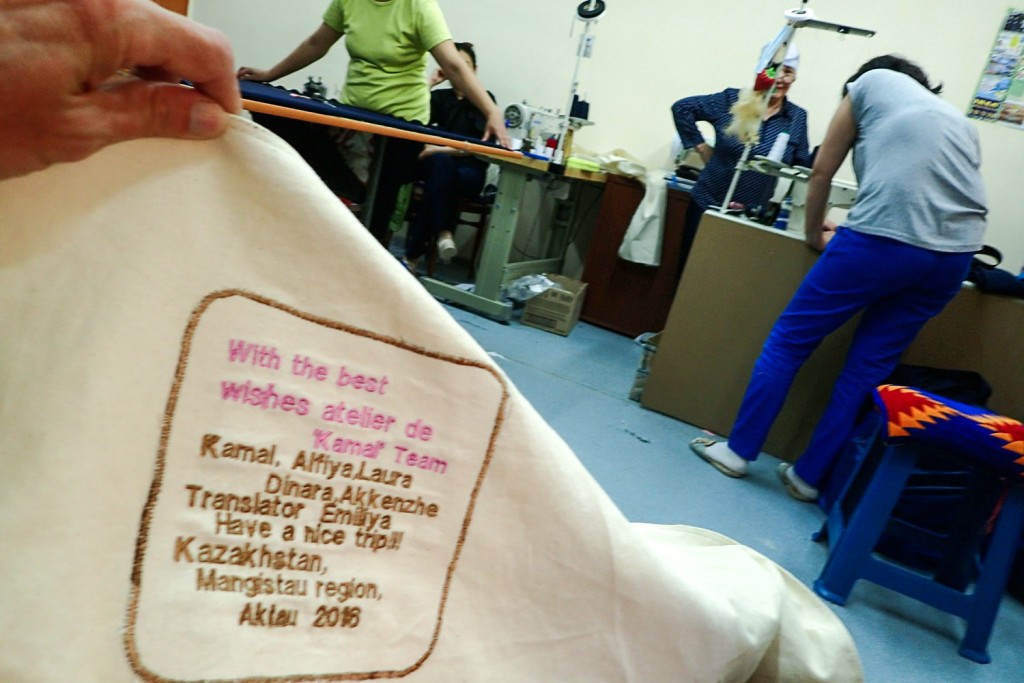
The next location I explored is Kyzyl Kum Highway, Uzbekistan is located in Central Asia and is the former Soviet Republic. This is Milestone 43: No Woman, Day 1354, Mile 4200, Elevation (ft) 749, and Published on October 31, 2016. As Paul traveling he makes a record of the location and captures video and images. When applicable Paul interviews a native to answer the questions “Who are you?” “Where do you come from?” “Where are you going?”. The one thing Paul has begun to notice is that there is a lack of women willing to be interviewed by him. He is not totally sure if it is due to his and his travel companions appearance or because women are taught not to engage with men outside of their families or maybe a combination of the two. Paul first instinct to women not wanting to be interviewed was to move on to a man, however, he writes, “From now on, when the first person I encounter is female, and an interview proves impossible, I simply will alert readers of this wall of silence.”
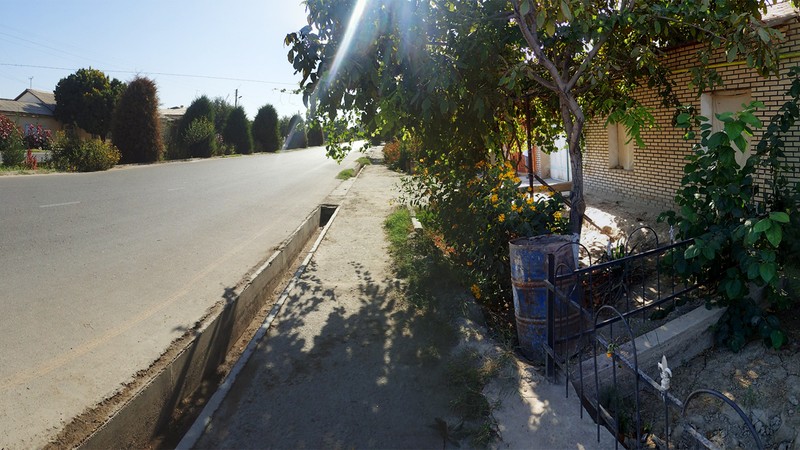
The last place I explored is Bukhara, Uzbekistan located in Central Asia. The title of the post is “Through the Lens—the Silk Road Then and Now: A century of change is captured in photos of a fabled Central Asian oasis.” This post is a clever depiction of Bukhara an ancient city 2400 years old. Paul writes, ” the city was home to some of the most celebrated scholars, architects, philosophers, poets, and scientists of the Islamic world, including Ibn Sina (Avicenna), one of the fathers of modern medicine.” This sheds light on the richness of the culture of this region. Paul does a wonderful job capturing the essence of the location today and comparing it with the spirit of the past.
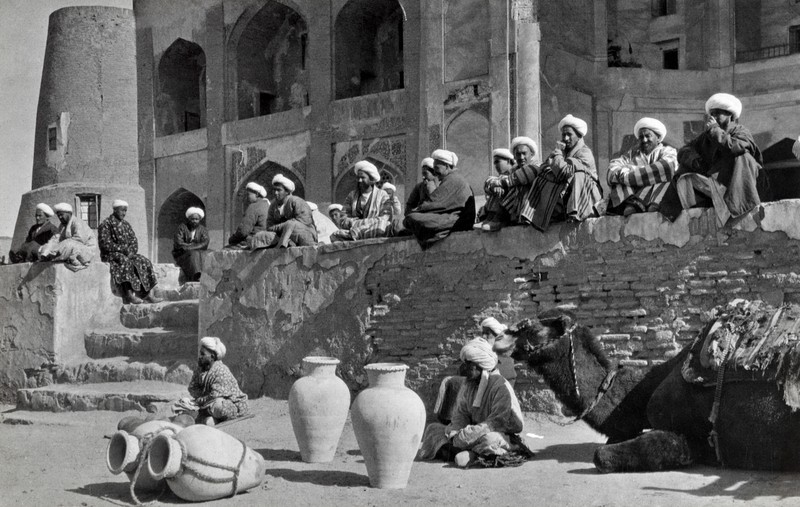
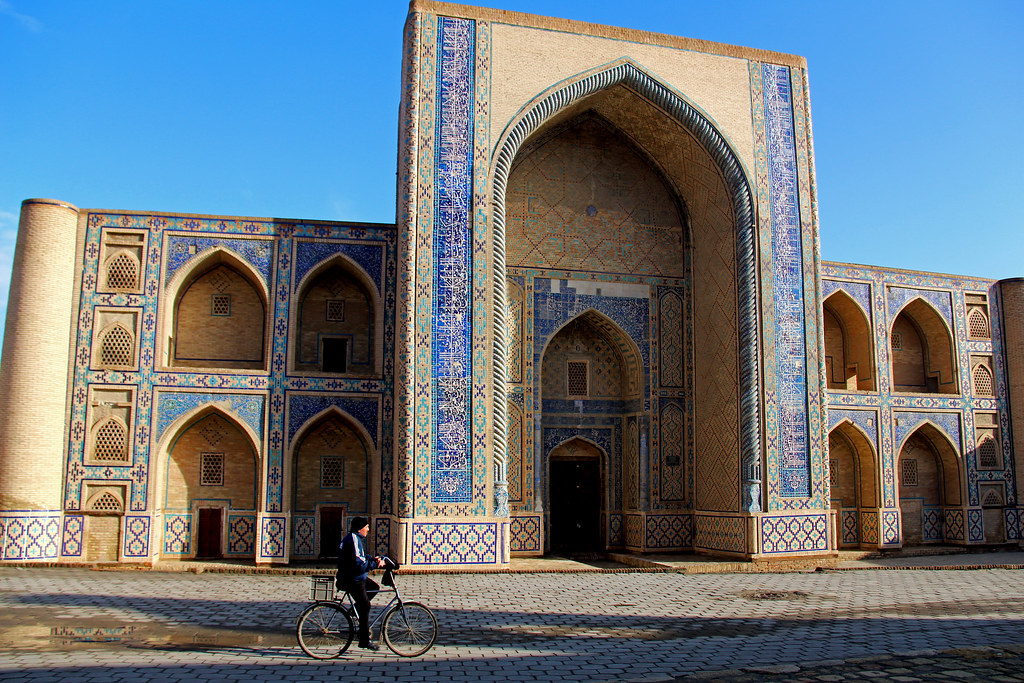
I strongly encourage you all to take some time to peruse Paul’s journey as he connects with our ancestors. His bravery to battle the cruel weather conditions, unforgiven roads, desolate locations, and relentless terrains. In addition, to the climate and land obstacles, Paul must navigate through inhumanity of humans treatment of one another. Pauls last battle he must face is the harsh transformations his body will continue to endure along his journey.